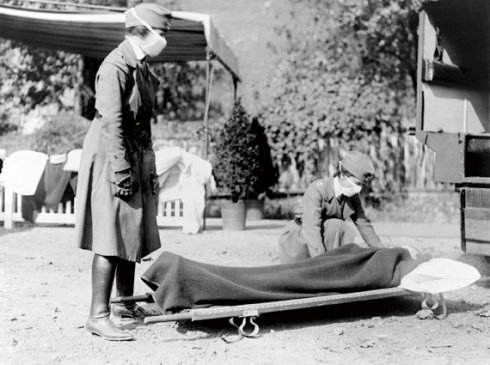Much about the 1918 flu is understood poorly or not at all. One mystery is how it erupted suddenly, all over, in places separated by oceans, mountain ranges, and other earthly impediments. A virus can survive for no more than a few hours outside a host body, so how could it appear in Madrid, Bombay, and Philadelphia all in the same week?

That would account for the 1918 outbreak's widespread distribution, but it still doesn't explain how it managed to lay low for several months before erupting so explosively at more or less the same time all over. Even more mysterious is that it was primarily devastating to people in the prime of life. Flu normally is hardest on infants and the elderly, but in the 1918 outbreak deaths were overwhelmingly among people in their twenties and thirties. Older people may have benefited from resistance gained from an earlier exposure to the same strain, but why the very young were similarly spared is unknown. The greatest mystery of all is why the 1918 flu was so ferociously deadly when most flus are not. We still have no idea.












